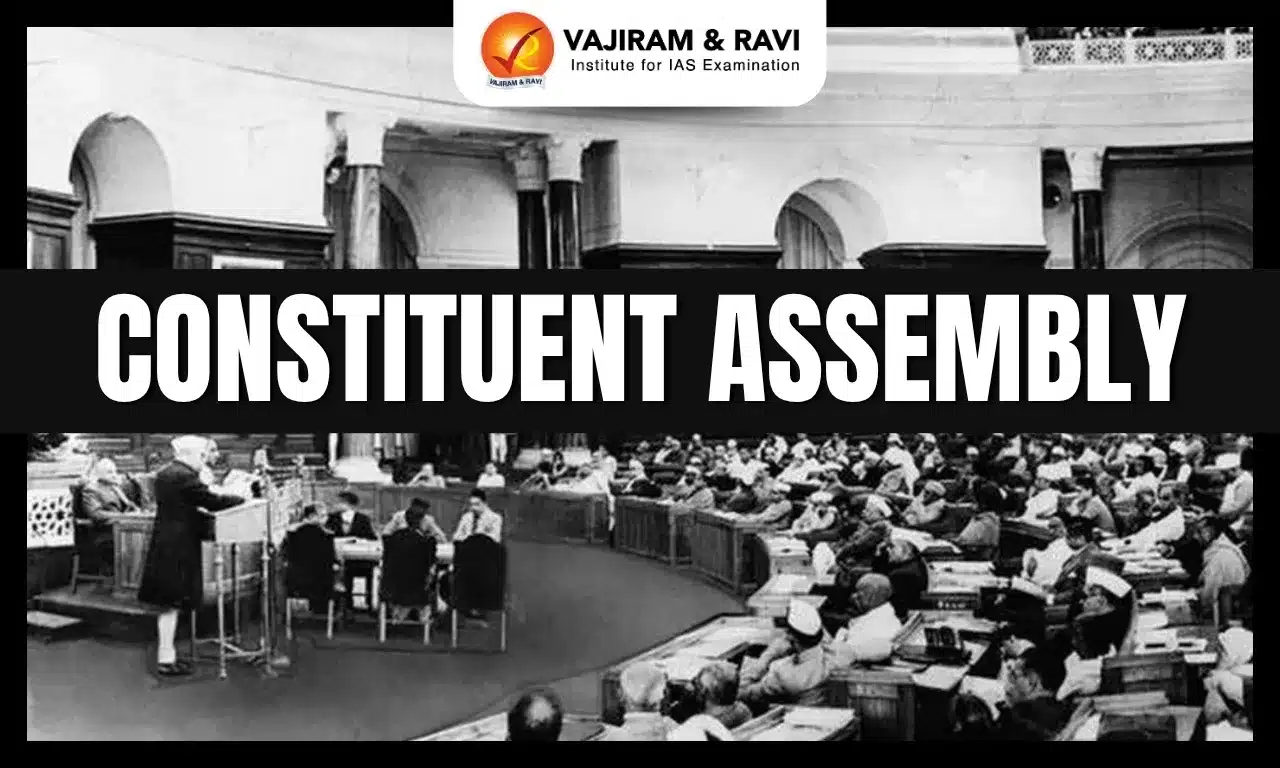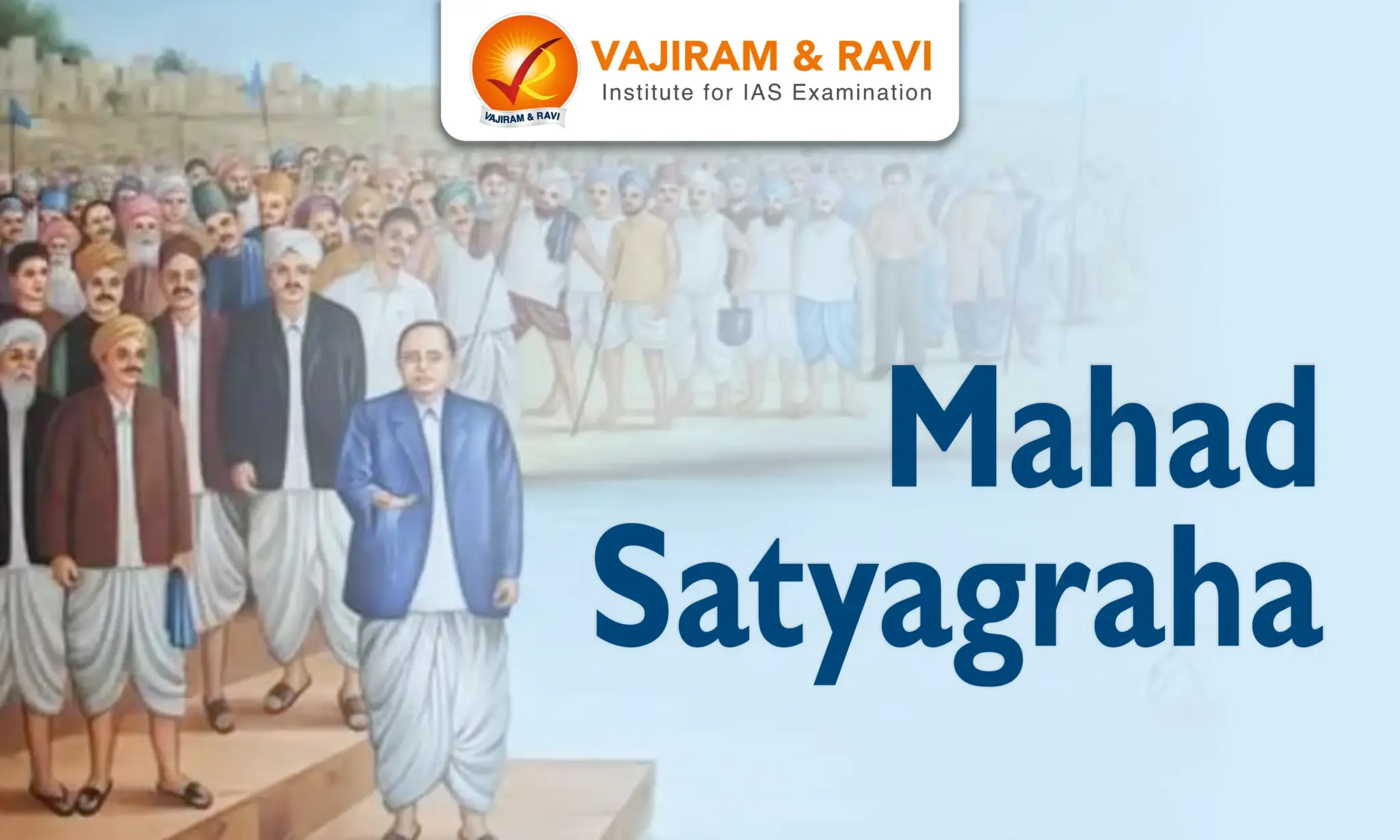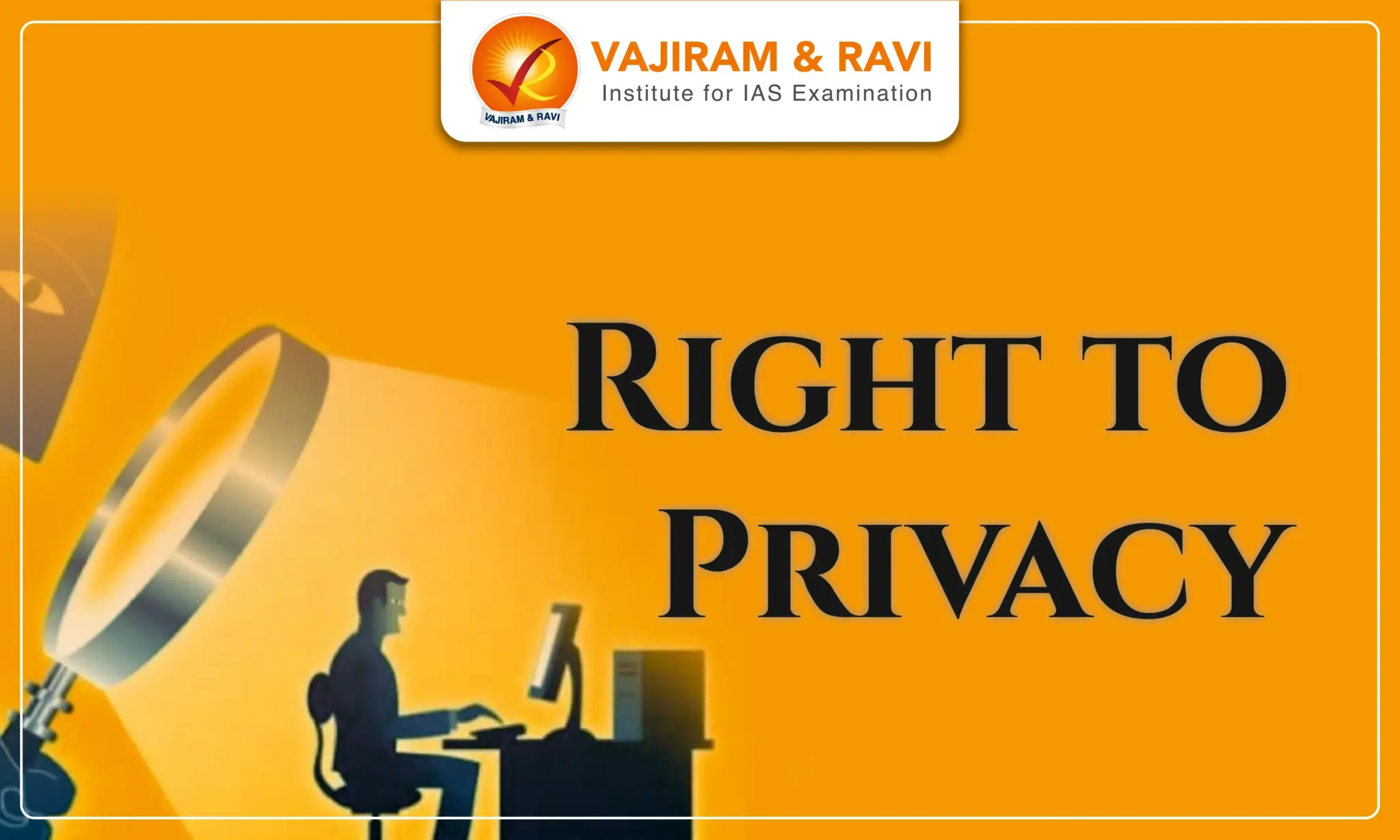The Constituent Assembly, formed in 1946, played a crucial role in drafting the Indian Constitution, ensuring it reflected the nation's diverse cultural, social, and political fabric. Led by prominent figures like Jawaharlal Nehru, Dr. B.R. Ambedkar, and Sardar Vallabhbhai Patel, the Assembly engaged in comprehensive debates on federalism, fundamental rights, and governance, shaping the document's core principles.
The Constitution, adopted on November 26, 1949, and enforced on January 26, 1950, symbolized India’s shift to a sovereign republic. This landmark event introduced a parliamentary democracy built on the principles of justice, liberty, and equality, laying the groundwork for the country's governance and development.
What is a Constituent Assembly?
The Constituent Assembly is an institution specifically conceived to design or amend a Constitution, with the authority to establish the norms that govern the political and social framework of a territory. In India, the Constituent Assembly was formed in November 1946 under the Cabinet Mission Plan (1946) as a partly elected and partly nominated body.
- It convened for the first time on December 9, 1946, to draft and formulate the Constitution of India, seen as essential for implementing self-determination.
- After its final session on January 24, 1950, the Constituent Assembly served as the provisional Parliament from January 26, 1950, until the first general elections in 1951-52 established the new Parliament.
Constituent Assembly Historical Background
The Constituent Assembly of India arose from the nation’s aspiration to frame its Constitution as a step toward self-determination and the end of British colonial rule. This need was driven by the inadequacy of British-imposed constitutional frameworks, like the Government of India Acts of 1919 and 1935, which limited self-governance while retaining British control over critical areas like defense, finance, and foreign affairs, leaving Indians with little real power.
- As a result, this disparity fueled dissatisfaction and strengthened the resolve for a sovereign, independent governance system.
- Furthermore, leaders like Mahatma Gandhi, Jawaharlal Nehru, and Dr. B.R. Ambedkar emphasized that only a Constitution created by Indians could represent the country’s diverse social, cultural, and political landscape.
- The timeline below highlights the evolution of this idea, culminating in the Constituent Assembly’s role in framing India’s Constitution and paving the way for complete independence.
| 1934 | The idea of a Constituent Assembly for India was put forward for the first time by M.N.Roy, a pioneer of the communist movement in India. |
| 1935 | Indian National Congress first demanded a Constituent Assembly to frame the Constitution of India. |
| 1938 | J.L. Nehru declared that the Constitution of free India must be framed, without outside interference, by a Constituent Assembly elected based on Adult Franchise. |
| 1940 | First time in principle, the demand for a Constituent Assembly was accepted by the British in the August offer of 1940. |
| 1942 | Sir Stafford Cripps came to India with a draft proposal to frame an independent Constitution, which was rejected by the Muslim League. |
| 1946 | Cabinet Mission was sent to India, which rejected the idea of two Constituent assemblies. Hence, Elections were held as per the Cabinet Mission plan of 1946 to establish the Constituent Assembly. |
Constituent Assembly Composition
The Constituent Assembly comprised members who were partly elected and partly nominated. The elected members were indirectly elected by members of the provincial legislative Assembly, who were elected on the limited franchise.
| Total Strength of the Constituent Assembly (389) | ||
| British India (296) | Princely states (93) | |
| Note: Members of the Muslim League who were originally from Pakistani territory withdrew from the Indian Constituent Assembly. As a result, strength decreased from 296 to 229. | Note: The strength of the princely kingdoms decreased from 93 to 70 when members of the Muslim League withdrew from the Indian Constituent Assembly. | |
|
|
|
|
|
|
Making of the Indian Constitution Timeline
The Indian Constitution was made by the Constituent Assembly, which came into existence as per the provisions of the Cabinet Mission of May 1946. Its task was to formulate a Constitution for facilitating the appropriate transfer of sovereign power from British authorities to Indian hands.
- 9 December 1946: The Constituent Assembly sat for the first time.
- 11 December 1946:Rajendra Prasad as President, Harendra Coomar Mookerjee and V.T. Krishnamachari as the Vice Presidents were elected, and B. N. Rau as Constitutional legal advisor was appointed.
- 13 December 1946: Jawaharlal Nehru introduced the famous "Objective Resolution" in the Assembly, which laid down the philosophy of the Constitution of India.
- It is geared toward fostering economic and political security in India through a written Constitution and declaring India a Sovereign, Democratic Republic.
- It fostered the formulation of a federal with the even-handed distribution of powers between the Centre and the states.
- It strives to secure equality, justice, and freedom of thought, expression, belief, faith, association, and associated action for each subject of the country.
- It is geared toward providing necessary protection to the minority and backward section of society.
- It strives to secure the integrity of the territory of the Indian republic and follow the law of any civilized nation to secure rights on land, sea, and air.
- 22 January 1947: The Resolution was unanimously adopted by the Assembly.
- July 1947- Indian Independence act, 1947: The Act made the following changes in the position of the Constituent Assembly:
- The Assembly was given complete autonomy and the power to draft any Constitution it chose.
- The Act gave the Assembly the authority to annul or amend any law passed by the British Parliament regarding India.
- The Assembly was also given legislative authority. As a result, the Assembly was elected as India's first free Parliament (Dominion Legislature). Dr. Rajendra Prasad presided over meetings of the Assembly as the Constituent body, and G.V. Mavlankar presided over those of the Assembly as the Legislative body.
- July - October 1947: Preparation of the first draft by the Constitutional advisor, Constitutional Advisor started putting together the first draft of the Constitution by aligning the reports already discussed and adopted.
- 22 July 1947: The Constituent Assembly adopted the National flag.
- October 1947- February 1948: Deliberations in Drafting Committee and resultant draft Constitution, Drafting committee produced the draft Constitution by February 21, 1948,which contained 315 Articles and 8 Schedules.
- 4 November 1948 - 9 November 1948 (First reading): Drafting committee published the draft Constitution of India in February 1948. The draft was introduced in the Assembly in November 1948.
- 15 November 1948 – 17 October 1949 (Second reading): Clause-by-clause draft discussion was conducted in the Assembly.
- May 1949: The Constituent Assembly accepted and approved India's membership of the British Commonwealth.
- 14 November 1949 - 26 November 1949 (Third reading): The Assembly finished the third reading.
- 26 November 1949: The Constituent Assembly passed and adopted the Constitution of India.
- 24 January 1950: The Constituent Assembly elected Dr. Rajendra Prasad as the first President of India and, adopted the National anthem and National song.
When did the Constitution come into force?
As per the provisions in the Constitution, it formally commenced on January 1950, bringing it into force in its entirety. This date was chosen to commemorate the declaration of ‘Poorna Swaraj’ by J.L. Nehru at an annual session of the Congress in Lahore in 1929.
- Some of the Constitution's provisions, included in Articles 5, 6, 7, 8, 9, 60, 324, 366, 367, 379, 380, 388, 391, 392, and 393, relating to citizenship, elections, a provisional parliament, temporary and transitional laws, and short titles, came into effect on November 26, 1949.
- The remaining provisions of the Constitution took effect on January 26, 1950, and the entire Constitution was enforced. This day is celebrated as Republic Day.
Constituent Assembly Committees
The Constituent Assembly, at various points during the Constitution-making process, appointed several committees on different aspects of the Constitution to conduct preliminary research and deliberations within smaller groups.
Constituent Assembly Organizational Committee
The Organizational Committee of the Constituent Assembly was established to ensure the smooth functioning of the Constitution-making process. Each committee, with a distinct purpose, addressed areas such as rules, finances, state negotiations, procedural matters, and more, contributing to the efficient drafting of India’s Constitution.
| Committee | Chairperson |
| Rules of procedure committee | Rajendra Prasad |
| Steering committee | Rajendra Prasad |
| Staff and finance committee | Rajendra Prasad |
| Credentials committee | A. K. Ayyar |
| Order of Business committee | K. M. Munshi |
| States (negotiating) committee | J. L.Nehru |
| Flag committee | Rajendra Prasad |
| Committee on functions of Constituent Assembly | G. V. Mavlankar |
Constituent Assembly Principal Committees and their sub-committees
Other than the Organizational Committee, the Constituent Assembly also formed several Principal Committees to address key aspects of the Indian Constitution. Following are the principal committees and their sub-committees formed during this period.
| Committee | Chairperson |
| Advisory committee onfundamental rights, minorities, Tribal areas and excluded areas | Sardar Patel |
| Union powers committee | J. L. Nehru |
| Union Constitution committee | J. L. Nehru |
| Provincial Constitution committee | Sardar Patel |
| Drafting committee | Dr. B. R. Ambedkar |
Constituent Assembly Other Sectoral Committees
In addition to the organizational and principal committees, the Constituent Assembly established several Sectoral Committees to address various issues related to the nation’s governance, which are as follows.
| Committee | Chairperson |
| Ad-hoc committee on citizenship | S. Varadachariar |
| Committee on chief commissioner’s provinces | N. Gopalaswami Ayyangar |
| Experts committee on Financial Provisions of Constitution | N. R. Sarkar |
| Sub-committee on minority safeguards for West Bengal and East Punjab | Sardar Patel |
Constituent Assembly Criticism
Several scholars and Constitutional experts have criticized the Constituent Assembly on various grounds. These are as follows:
- Not a representative Body: Its members were not directly elected based on the universal adult franchise.
- Not a Sovereign Body: It was created by the British proposals, and its sessions were held with the permission of the British Government.
- Time-Consuming: It took an unduly long time to frame the Constitution, on the other hand the American Constitution was formed in 4 months.
- Dominated by Congress: Granville Austin commented that “The Constituent Assembly was one party body in an essentially one-party country. The Assembly was the Congress, and the Congress was India".
- Lawyer-Politician Domination: Scholars maintain that they dominated the Constituent Assembly and are not representative of other sections.
- Dominated by Hindus: Winston Churchill commented that the Constituent Assembly represents "Only one major community in India".
Despite these criticisms, we may assert that our founding parliament was a collection of India's finest, who helped make the Indian Constitution the most dependable and wisest among all national Constitutions.
Last updated on December, 2025
→ Check out the latest UPSC Syllabus 2026 here.
→ Join Vajiram & Ravi’s Interview Guidance Programme for expert help to crack your final UPSC stage.
→ UPSC Mains Result 2025 is now out.
→ UPSC Notification 2026 is scheduled to be released on January 14, 2026.
→ UPSC Calendar 2026 is released on 15th May, 2025.
→ The UPSC Vacancy 2025 were released 1129, out of which 979 were for UPSC CSE and remaining 150 are for UPSC IFoS.
→ UPSC Prelims 2026 will be conducted on 24th May, 2026 & UPSC Mains 2026 will be conducted on 21st August 2026.
→ The UPSC Selection Process is of 3 stages-Prelims, Mains and Interview.
→ UPSC Result 2024 is released with latest UPSC Marksheet 2024. Check Now!
→ UPSC Prelims Result 2025 is out now for the CSE held on 25 May 2025.
→ UPSC Toppers List 2024 is released now. Shakti Dubey is UPSC AIR 1 2024 Topper.
→ UPSC Prelims Question Paper 2025 and Unofficial Prelims Answer Key 2025 are available now.
→ UPSC Mains Question Paper 2025 is out for Essay, GS 1, 2, 3 & GS 4.
→ UPSC Mains Indian Language Question Paper 2025 is now out.
→ UPSC Mains Optional Question Paper 2025 is now out.
→ Also check Best IAS Coaching in Delhi
Constituent Assembly FAQs
Q1. When was the Constituent Assembly of India formed?+
Q2. Who were some of the prominent leaders in the Constituent Assembly?+
Q3. What was the main purpose of the Constituent Assembly?+
Q4. When was the Constitution of India adopted?+
Q5. Who introduced Objective Resolution in the Constituent Assembly?+
Tags: constituent assembly quest

















